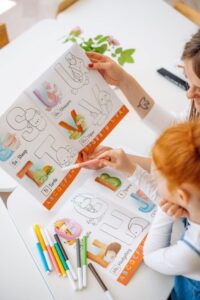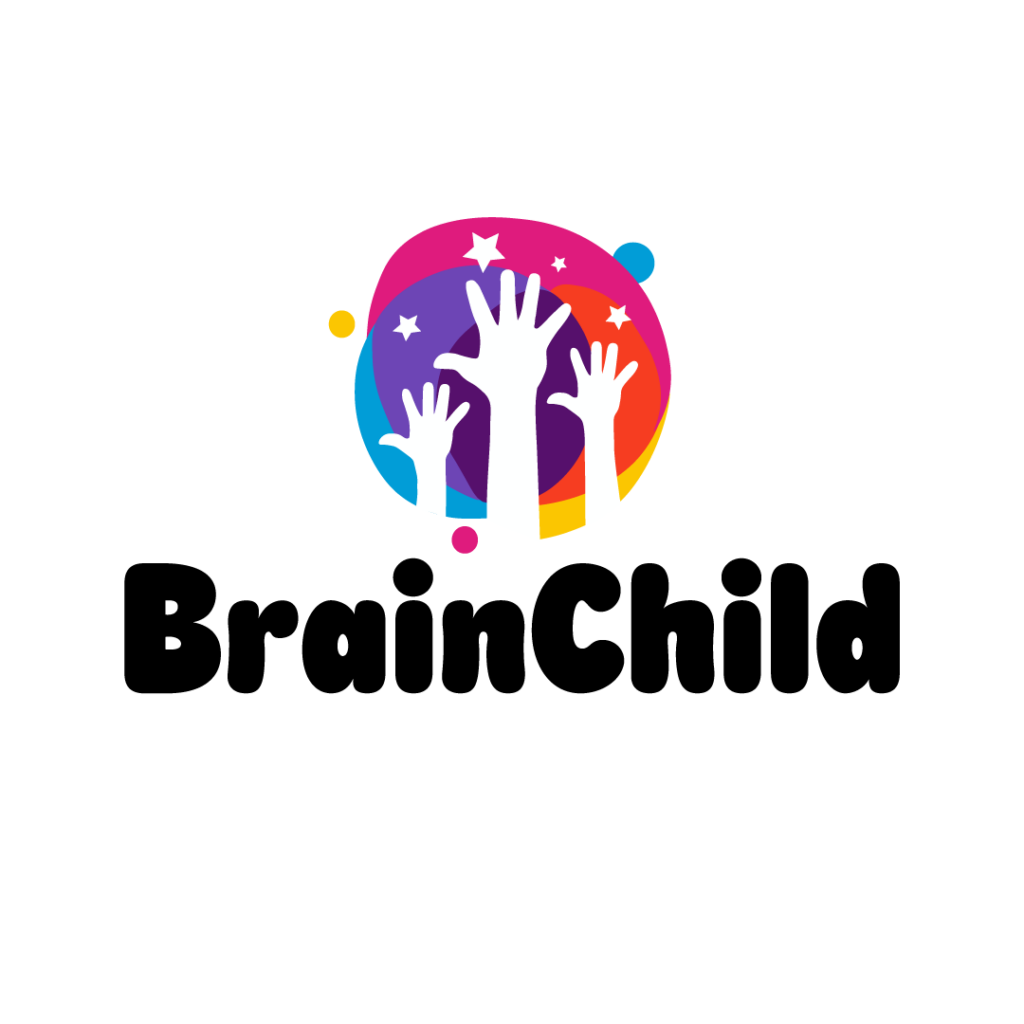Workbooks for kids with dyslexia are the ideal complement to traditional education at any age. They are perfect for learning by playing or reinforcing what has been learned. The truth is that they contribute, in a didactic way, to strengthen and fixing content that requires practice.
The same goes for exercise notebooks prepared for children with dyslexia. They compose activities that respond to the needs of children with this disorder.
Therefore, the repeated and constant exercise of reading words and letters and their writing is the key for the child with dyslexia to overcome and advance. Below we will tell you what type of disorder dyslexia is and its characteristics.
We will show you what material children with dyslexia need to get ahead. We also share with you how exercise books for kids can help them achieve that task.
Workbooks for kids with dyslexia: excellent support for students
Workbooks for kids with dyslexia are the way to go; as they are the ideal stimulus to work on their specific needs. The child who has this learning disorder has certain difficulties.
What are those difficulties? They refer especially to the problem of learning to read and write. Dyslexia is a specific learning difficulty that occurs in the child as follows:
- A learning disorder in identifying the sounds of words
- Difficulty accurately recognizing written words
- Complexity for decoding words when reading and spelling
- The child’s reading comprehension is affected by the effort he makes to decode the writing; that is, by the work that gives him to recognize the words
- A deficit in skills such as spelling and phonological knowledge
- Limiting concentration in both reading and writing
It can also cause problems in performing mathematical calculations, as well as in spelling; reading fluency, and, writing. The extent of these conditions will also depend on how early it detected and treated.
Evaluate and treat the child with dyslexia
In a child with dyslexia, not all of these symptoms occur together. Only a few children may appear and it will depend on how early it is detected and treated. On the other hand, as a result of this difficulty represented by being able to read, other complications may appear:
- Their desire to experience reading is often reduced by decreasing their general knowledge and vocabulary.
- The child with dyslexia has difficulties understanding what he read and, therefore, efficiently extracting the information.

All this means that their social and school life is affected. He may become withdrawn when he realizes that he cannot read like his peers. Or contrary to this, have behaviors to attract attention.
The sooner this learning difficulty is detected in the child, the sooner he can begin the treatment. With family and specialist support, the child with dyslexia can advance in his learning.
That is why evaluation and early diagnosis are so important. The teachers play a fundamental role in the early detection of this disorder, whose symptoms usually appear between 4 and 6 years.
Early warning of dyslexia
First of all, to detect dyslexia, we must rule out other causes that could cause disorders in literacy, here are some of the most common:
- Vision problems
- Abnormalities in the ear
- Instructions that are not clear to the child
- Personal or family situations that are distracting the child or hindering his or her learning
- Other health problems (injuries, developmental delay, among others) that are affecting language
Once other disorders have been ruled out, and the diagnosis confirmed, it is possible to start treating the child with dyslexia. The sooner you start your treatment, the more likely you are not to get bogged down in learning to write.
Why is early detection of dyslexia important?
It is essential to confirm the diagnosis of dyslexia as early as possible, for several reasons:
- The child should begin treatment with a multidisciplinary team of educational psychologists, and speech therapists, among others, and depend on each case.
- When presented with difficulties in reading or writing, the child may feel different and cause problems in his social adaptation.
- It is common for a child with dyslexia to feel foolish or incapable, so it is crucial to prevent him from filling up with this feeling as soon as possible.
- Intervening at an early age allows the child to have sufficient exercise and proper treatment before he or she reaches primary school.
- The relationship between anxiety and dyslexia requires early diagnosis. The child who recognizes himself as prevented from doing what his peers can suffer from stress and anxiety, which can affect his daily life.
Diagnosing this disorder early will be beneficial for the child’s social and school life. Although this disorder is very common, it does not recognize quickly and that time is very valuable for the treatment and life of the child.
Let’s practice!
In addition to the treatment and follow-up of professionals whom the child must undergo, exercise will play a fundamental role in achieving significant progress.
As in everything that has to do with learning, the more it is practiced, the better results will be obtained. Workbooks for kids with dyslexia address the specific needs of this disorder.
Thus, it the bases on a pedagogical Orton Gillingham method and is specially designed for children with reading difficulties. His exercises promote the connection between letters and sounds.
In addition, this method uses a “multisensory” approach that helps children connect with words with the help of all their senses. They exit specific workbooks to practice reading or writing based on this method, as needed.
How do choose workbooks for kids with dyslexia?
Orton Gillingham’s method is one of the most successful methods in caring for children with problems learning to read. These exercise notebooks based on this method are the most chosen for children with dyslexia.
They can classify by age or by taking into account the practice of certain letters. To give examples, below you will see some featured titles.
Orton Gillingham Workbook for Kids with Dyslexia Volume 1
This exercise notebook brings more than 100 activities both writing and reading for children with dyslexia. The child will be able to learn each letter, identify its sounds and its order, and identify the rhythm and shape of the words, among other skills.
The Orton Gillingham Workbook For Kids With Dyslexia Volume 1 has been reviewed by child psychologists who often treat this disorder. This version of the book is designed in black and white, but its color version is also available.
Children will have at their disposal hundreds of activities that, in a fun and pleasant way, will guide them to achieve progress in their literacy skills.
Orton Gillingham Tools for Kids with Dyslexia
The Orton Gillingham Tools For Kids With Dyslexia is intended for children between 6 and 8 years of age. This workbook for children with dyslexia emphasizes the practice and differentiation of the letters b, d, p, and q.
They are activities where they exercise both writing and reading these letters. Always with the game as a motivator. It also brings tasks that stimulate the child to recognize the differences and pay greater attention, such as coloring the letter worked.
The objective of this notebook is that children achieve the correct use of these four letters.
Orton Gillingham Decodable Readers: let’s practice long and short vowels
This series of workbooks focus on the practice of vowels. The Orton Gillingham Decodable Readers: let’s practice long and short vowels, especially promoting visual and auditory recognition of the letter “e”.
Activities such as puzzles, making sentences with a given word and the different sounds of the letter “e” are some of the more than 100 activities that this volume brings.
To complete it you do not need to follow an order, you can start from any exercise you want, this does not alter the functionality of the book. This volume 2 is printed in black and white.
Writing Workbook for Kids with Dyslexia Volume 2
This notebook belongs to a very complete series in which, each volume, has 100 activities to help advance children with dyslexia. With their exercises, they favor the recognition of:
- Vowels and consonants
- Syllables
- Phonemes
They also include rhyming activities that teach children to recognize similar sounds. The Writing Workbook for Kids with Dyslexia Volume 2 is designed with exercises for children between 6 and 8 years of age and while this version is in color, it is also edited in black and white.
Writing Workbook for Kids with Dyslexia Volume 6
This children’s workbook belongs to the same series as the one mentioned above. It offers a complete and varied number of tasks that will help the child in his literacy skills.
Certainly, learning phonemes and distinguishing their various sounds according to words, word recognition and separation, memory games and spelling exercises are some of the many exercises that include in this notebook.
Writing Workbook For Kids With Dyslexia Volume 6 contains exercises dedicated to children between 8 and 10 years of age. It has available its version in color and also, black and white.
Orton Gillingham Decodable Readers: let’s practice long and short vowels Volume 3
Another workbook from Orton Gillingham’s Decodable Readers series promotes the practice and use of the letter “i” All activities point to the correct use and clear distinction of this vowel.
Through fun oral and written activities, with images and playing to assemble sentences with given words, they will practice the various uses and sounds of the letter “i” for recognition and proper use.
Orton Gillingham Decodable Readers: let’s practice long and short vowels Volume 3 is part of this series that dwells on vowels as a critical first resource to give children a solid foundation.
These are just a few of the many activity notebooks for children with dyslexia. Knowing the needs of the little ones, the one that suits each particular case is chosen.
Is it beneficial for children with dyslexia to complete these workbooks?
Yes. It is not only beneficial, but it is also necessary for them to complete workbooks, as it will streamline and strengthen their language management. Through play and repetition, they will clarify and recognize the phonemes. With these activities proposed from the playful, children can:
- Visually discriminate a word and whether it exists or not (reading comprehension)
- Form words (by ordering mixed letters, they can form a word and make sense of it)
- Recognize pseudoword words through their sounds
- Find certain letters in a given list of words, understanding that according to their location their sound differs
- Be able to relate words and images

These exercises are part of an overall process that should be in the hands of professionals who guide the child’s therapy. All exercises will strengthen and help the treatment of dyslexia.
Several of these activity booklets are based on Orton Gillingham’s pedagogical method. So they should be taken into account for their track record of success.
Thousands of resources to treat dyslexia
Although there is no cure for this disorder, there are multiple resources to make children with dyslexia successful in school and in every field of life. Technology is one of them that, as a good ally, facilitates activities of all kinds for children with dyslexia.
Besides, digital books where the typography is adapted to facilitate the reading of the person with dyslexia are very useful. The same happens with letters specially designed so that they can distinguish from each other are some of the existing resources.
Therefore, Workbooks for kids with dyslexia are an important point in daily work and continuous improvement of their reading and writing skills. With proper treatment, emotional support and a lot of practice, the child with dyslexia will make progress and all will be achievements for him.

